Kiravian cuisine
In this era of "molecular gastronomy" it has become fashionable to claim that fine cooking can be rationalised into a sort of science. In most parts of the world, this is of course preposterous. Kiravian cuisine, however, can be easily boiled down - pardon the pun - to gradeschool arithmetic. In 21203 years all they have managed to come up with is a dozen or so different ways to combine potatoes with meat and a savoury green that pair well with a beer. I will not waste any more breath discussing it.
— Antoine Lebâtard, Plates Uncharted, S3 E6 - "Vomiting in Valēka"
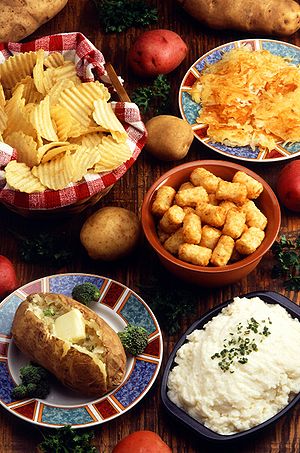

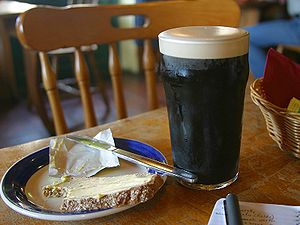
 |
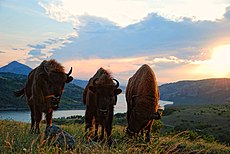 |
 |
 |
 |
 |
Ingredients
Potato
Other Root Vegetables
Cereals & Pseudocereals
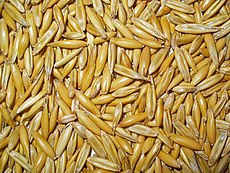 |
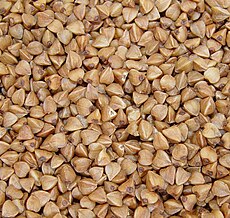 |
 |
Forestry Products
Fruits of the Sea
Among most Coscivian peoples, the flesh of whales and other cetaceans is considered taboo, a proscription associated with Sarostivism and ancient Coscivian selenolatry. This taboo was not observed by the Taństans or the Lúnstans, and was widely violated by the Svéaran Kir.
Fungi
Algæ
Meats
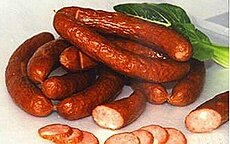 |
 |
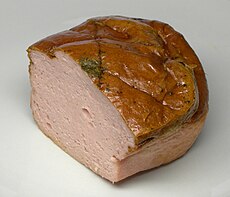 |
Poultry
Cooking techniques
Boiling
Boiling and simmering have always been essential techniques in Kiravian cooking, given the wet, wooded environment of much of Great Kirav and Kiravians' heavy reliance on hard root vegetables.
Grilling
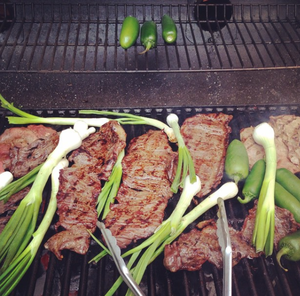
Hallmark dishes
Xákuv (Hashes)
The xákuv, translated as "hash", is a diverse and ubiquitous class of dishes comprising sliced, diced, or chopped potato mixed with other ingredients and seasonings and pan-fried together. Similar dishes exist in Levantia and the Levantine diaspora, where they are considered a breakfast item. In Kiravia, however, there are xákuv fit for all meals of the day. A simple xákuv includes - in addition to the potato base - diced vegetables (onions, leeks, scallions, and peppers being the most common) and mushrooms, meat or fish, and seasonings (salt, at a minimum). However, xákuv recipes can be much more complex, incorporating multiple protein sources and additional ingredients such as eggs, congealed grain porridge, sauces, and even melted cheese. Traditionally, as with soups and stews, homemade hashes were (and are) often eclectic, making use of disparate scraps and leftovers.
The official territorial dish of Seváronsa is a "Polynesian hash" that incorporates pork and pineapple as primary ingredients. Similar tropical variations on xákuv are widely served in Sarolasta and Saint Kennera-Pribraltar.
Canova Bag - Coarse hash, diced fried chicken (usually breaded), chili powder, fried onions, hot green chilis.
Metrea Classic - Medium hash, diced or ground bacon, diced avocado and tomato, molten Metrea jack.
Æonara Classic - Fine or medium hash, bell peppers, and onions.
Kilikas White - Fine hash, whitefish, diced hard-boiled egg, coarse sea salt.
As xákuv is easy to prepare and keep warm for extended periods, it has been peddled by street vendors for millennia. Modern xákuv carts and stationary xákuv buffets offer a suite of common hot ingredients that can be stirred into the hash according to the customer's taste. Pre-mixed and even pre-cooked canned hashes can now be bought in supermarkets.